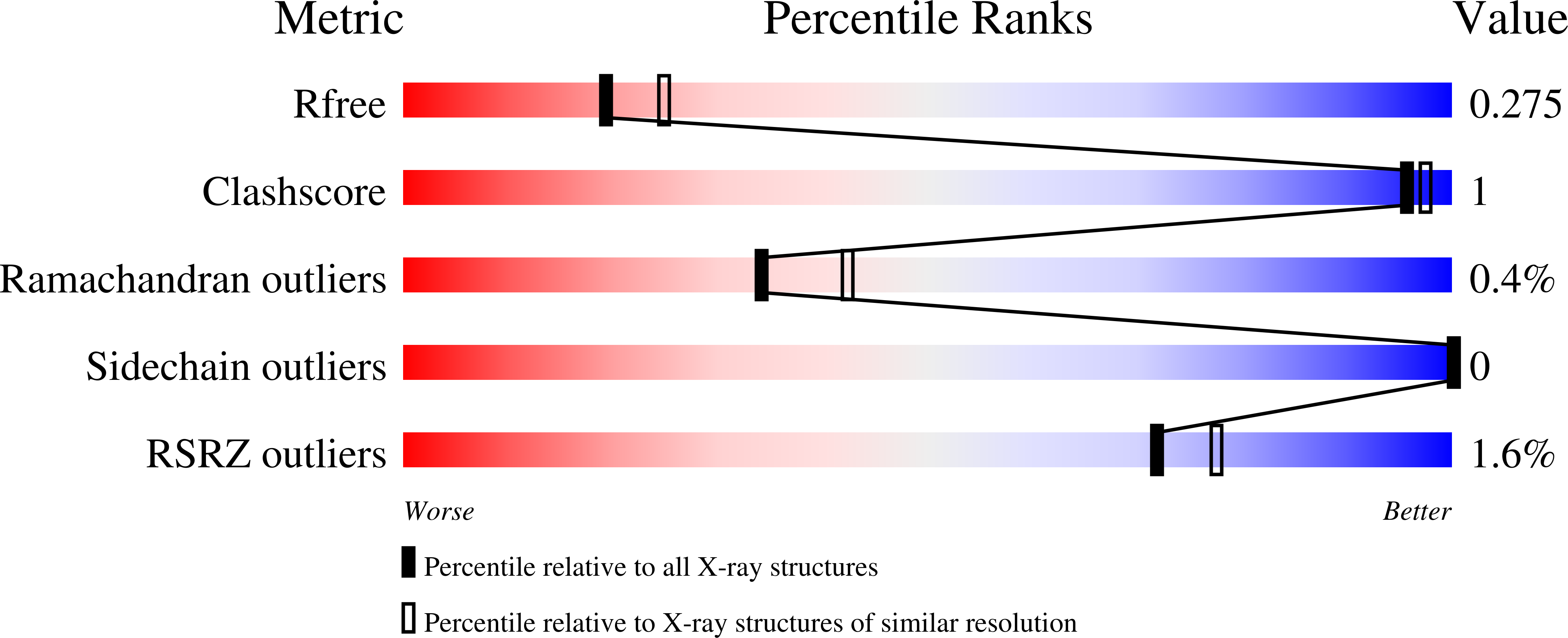
Deposition Date
2019-12-24
Release Date
2020-01-29
Last Version Date
2025-10-22
Entry Detail
PDB ID:
6VDB
Keywords:
Title:
SETD2 in complex with a H3-variant super-substrate peptide
Biological Source:
Source Organism:
Homo sapiens (Taxon ID: 9606)
synthetic construct (Taxon ID: 32630)
synthetic construct (Taxon ID: 32630)
Host Organism:
Method Details:
Experimental Method:
Resolution:
2.30 Å
R-Value Free:
0.26
R-Value Work:
0.21
R-Value Observed:
0.21
Space Group:
P 21 21 21


